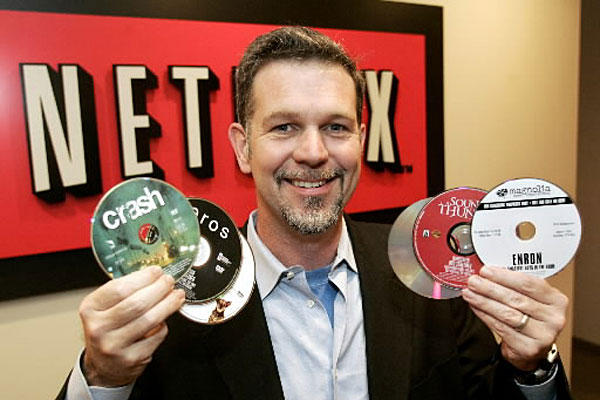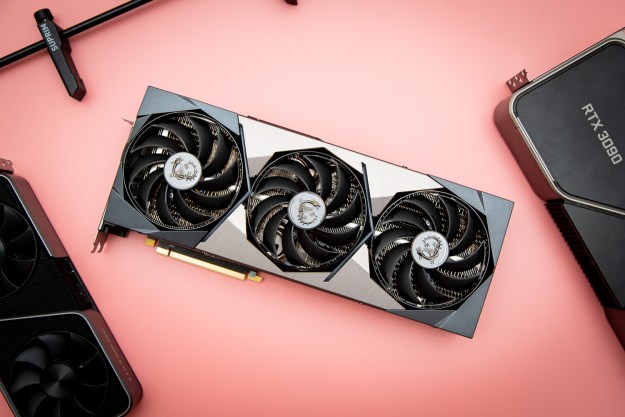 If Netflix’s aim is to lure consumers away from cable companies, it’s doing a lousy job of it so far. That’s according to Netflix’s own CEO Reed Hastings. Hastings, speaking at the All Things Digital conference, admitted that cable is still going strong despite the rise in online streaming options.
If Netflix’s aim is to lure consumers away from cable companies, it’s doing a lousy job of it so far. That’s according to Netflix’s own CEO Reed Hastings. Hastings, speaking at the All Things Digital conference, admitted that cable is still going strong despite the rise in online streaming options.
Hastings was directly asked by a journalist if his company was seeking to “encourage cord cutting.” Hastings denied the claim citing statistics that show cable subscriptions have increased during the past two quarters. Last year’s decline in cable subscriptions, Hasting said, was due to the flagging economy — not because of Netflix’s own surge in subscribers.
“Statistically no one is dropping cable,” Hastings said. “To the consumer, Netflix really is complementary,” he added. Hastings went on to admit that he himself subscribes to Comcast, the company often cited as Netflix’s number one competitor. Comcast, and cable companies in general, provide one genre that Netflix has no interest in pursuing: live content, including news and sports.
“Cable and satellite has an incredible array of content,” Hastings said. “Netflix competes for a very specific, relatively small part of the pie.”
Why isn’t Netflix being more aggressive towards cable? Well, a strategy that directly challenges cable is likely to be price. And it’s not likely that Netflix would want to risk alienating its customer base by raising subscription rates to foot the bill required by such a move. In short, Netflix is quite happy where it’s at for the moment, at least on the surface.
But that’s not to say Hastings is disinterested in cable completely. He specifically mentioned HBO’s critically acclaimed series “The Wire” as a prime target for Netflix. But, Hastings conceded, the acquistion of the series would likely require “a big, big check” signed by Netflix.


